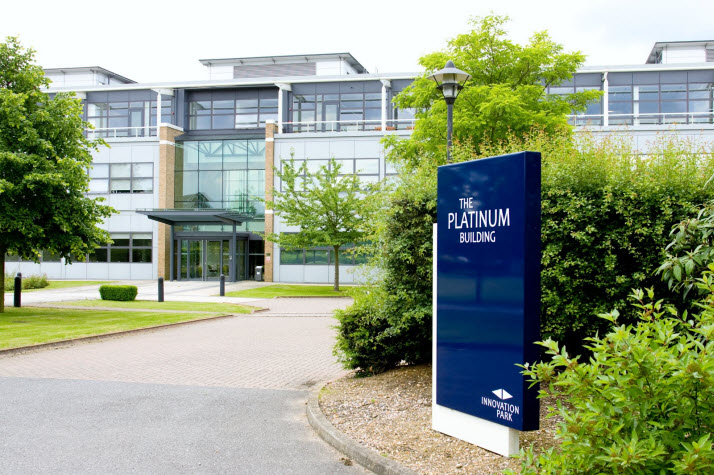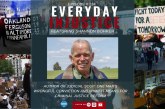

By David M. Greenwald
Executive Editor
During a recent retreat the council identified six strategic objectives:
- Striving for fiscal resilience
- Strengthening climate resilience
- Shoring up the housing continuum
- Improving social services for vulnerable populations
- Maintaining high quality infrastructure and services
- Stepping up economic development activities
As noted: “The document is intended to be a high level, strategic overview of actions and areas the Council would like to prioritize over the next 1-2 years.”
Objective 3: Shoring up the Housing Continuum
Strategies that improve housing availability, accessibility and affordability for all (buyers, renters, the unhoused, and the housing insecure).
Strategy 3.1: Improve the diversity of housing types at various price points in the City.
Key tasks:
- Implement actions necessary to execute the newly certified Housing Element with an annual progress report to measure results across all housing types and surface
 barriers or points of friction requiring resolution.
barriers or points of friction requiring resolution. - Complete a qualitative and quantitative assessment of the City’s existing housing stock and compare to community needs to inform prioritization decisions of high-need housing types for construction and preservation. Findings will be utilized to inform the General Plan Update process.
- City partners, such as the Davis Joint Unified School District, UC Davis, and others, are regularly engaged to help inform housing needs for specific populations.
- Engage with sponsors of housing project applications to maximize alignment with the Housing Element and fulfillment of community needs.
Strategy 3.2: Attain performance targets in the Homeless Strategic Plan.
Key tasks:
- Complete the Homeless Strategic Plan.
- Coordinate with Yolo County, the Housing Authority of Yolo County, area healthcare systems, foundations and nonprofit organizations to increase permanent supportive housing options for individuals experiencing or at-risk of becoming homeless.
- Make progress to reduce the homeless count in Davis through homeless outreach, assessment, case management, bridge housing, bridge rental assistance, and job training, working together with Yolo County local healthcare systems, foundations, and nonprofit organizations.
Objective 6: Stepping Up Economic Development Activities
Strategies to help start, retain, and grow local businesses and investment.
Strategy 6.1: Create a shared economic vision and near-term action steps for the City
Key tasks:
Features in the vision/action plan will demonstrate:
- The unique physical, social, and environmental attributes and qualities of Davis that set it apart from others.
- Davis as an attractive location for business and consumers.
- The desired uses for the downtown.
- How all the commercial hubs across the City (not exclusively downtown) will be activated and leveraged.
- The connections to U.C. Davis, including business startup, entrepreneurship, innovation, and sustainability knowledge and support.
- Strategies and actions to diversify the City’s economic base to increase resiliency to downturns, shocks, and adaption to changing markets.
- Strategies that identify unmet business and commercial needs
- Opportunities to engage youth.
- Incorporation of arts and culture as economic stimulus.
The desired direct and longer-term systemic impact of enacting the action plan will result in:
- An enhanced jobs-housing balance within the City.
- Business growth in areas that are consistent with City values and existing plans (e.g., Climate Action and Adaption Plan, Downtown Plan, infrastructure and energy plans, etc.).
- Stronger ties and engagement with area business organizations.
- Increased fiscal stability.
Commentary: The council in my view picked the correct six issues to focus on. I focus my attention on two—housing and economic development.
On an overview level, I agree with the notion of “shoring up the housing continuum.” At the same time, there are really two things that the council needs to do on housing. First is the General Plan Update. Second is looking into a modification of Measure J.
As I have previous noted, the city did everything it could to get a certified Housing Element using infill sites.
In December, then-Mayor Will Arnold warned, “I would just say to those who have said that we will be able to meet our next RHNA cycle numbers without going outside of the city limits… I suggest they tune in or watch the recording of this meeting as we really try to meet our current requirements simply with infill and the difficulty we’re having in doing so.”
Now we need to a plan to figure out how to get the housing that we need. That can be part of the General Plan update process for sure.
And the same thing basically goes for economic development.
I thought Tim Keller’s thoughts yesterday were instructive.
He said, “So more space, is needed. At some point, no matter what.”
But he said, “My argument is that it doesn’t have to be NOW…”
I think his point is strong: “There is a LOT to do before we need to worry about an innovation park again. Commercial space HAS to be part of the plan, but it shouldn’t be on the front burner at this point.”
He drilled into that point a little, noting that most research universities “that have billion-dollar research budgets also have off-campus innovation / tech transfer type incubator facilities on the order of 100,000 to 200,000 square feet… and plenty of programs to help develop workforce and executive talent.”
Guess what? UC Davis has done this as well with over one million square feet at Aggie Square in Sacramento. That’s really what Davis needs—to be able to restart the conversation with UC Davis about a research park here in town.
And that’s going to take a lot of work because, unfortunately, a lot of trust has been lost in the last 25 years.
I don’t think we will be able to regain that trust without coming forward with a workable plan, and that means either a Measure J work around or it means we pass a plan with space and then work out the details after that plan has gotten past the voters.
At the end of the day, we are not going to solve our housing and economic needs without figuring out a way to get past the voters.







Glad to see the City adopt these housing objectives,
Some of these outcomes by units will occur in the City but most outcomes will be on land annexed to the City.
The key tool for me is for the City to do an economic study of what % affordable units can be built on land set aside for very low and low income families. Keep in mind the developer only has to set aside the lower value of annexed land
The City has an opportunity tool it needs to use for now and into the future. Otherwise continued annexations will need to occur just to meet the RHNA requirements.
I would have preferred the City use “income categories” rather than “price points” so we can direct production to meet the specific RHNA targets.
Let’s make sure that the mediate income housing policy required by the city is obtained in each annexed property. This way over time we increase our stock of permanent affordability for the VL, L and M income groups. The immediate upon sale loss of these units is a short term gain for a few chosen people but it is a huge loss for us to make available more permanently affordable units over time. Dos Pinos, Aggie Village, Greene Terrace and the city’s own homes are model that constantly provides those income groups with permanent opportunities in Davis.
Let’s use public policy to create public not private gain and deepen our community assets for now and the future.
David J Thompson
My own thoughts and not related to any other entity
The optimist in me likes to think that we now have the benefit of a little bit of “experience” with these issues and that if we are smart, we can use that experience to guide us onto a more productive path this time around.
The one thing we cant do is to think about any of these things monolithically.
Housing needs to be more than just single family homes, and “innovation” needs to be more than commercial park.